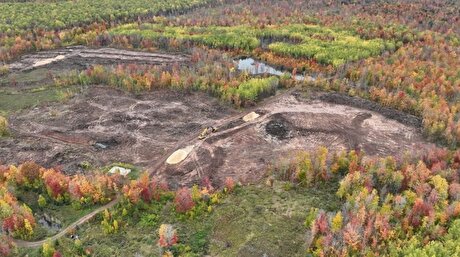
Iran has an excellent mineral resource capacity: Prof. Hassani
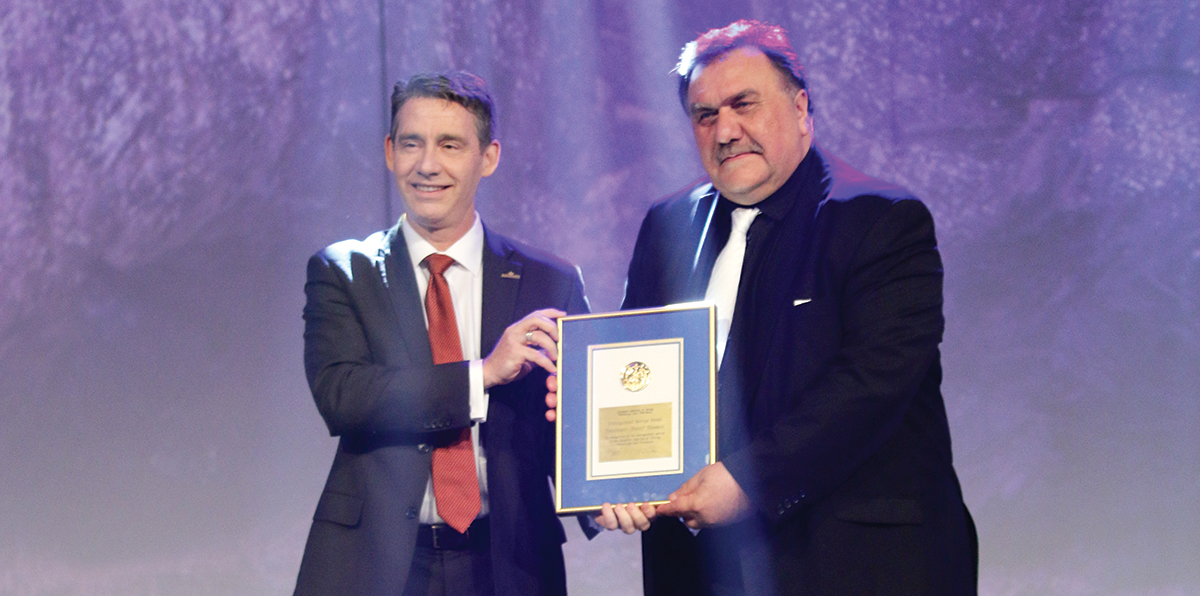
He called Hassani a passionate driver of the road through excellence. Mine & Business Today is honored to present the first interview with him after receiving the prestigious award.
As the recipient of the CIM 2017 Distinguished Service Medal Award, would you please explain about your achievements in mining engineering- related research and teaching? What would be the significant effect of this research on the mining sector?
This gold medal was inaugurated by the 1956-57 Canadian Institute Mining and Metallurgy (CIM) Council as an award for distinguished or meritorious service to the Institute and the mineral industry.As far as I am concerned, my biggest achievement has been the supervising and the training of over 170 young men and women student (some of them Iranian) conducting Ph.D., Maters and researches throughout my 35 years at McGill University. Most of these bright and talented individuals are now working over the world in the leadership role and contributing to our mining industry and for the better being of this world.
Some of the work I have done in the past is as follows;
I obtained my B. Eng. (1975) and Ph.D. (1981) in Mining Engineering from Nottingham University, England. I have been at McGill University since 1983 and many years in a leadership role. I am, presently, the Webster Chair Professor of Mining Engineering. My focus has been in Rock Mechanics, Mining Innovation, Mine and Energy as well as Mine Backfill. The work done has contributed to the efficiency of the mining operation.
I was the co-founder and the chairman of the Canadian Mining Innovation Council (CMIC). This is now a very reputable private mining research-oriented organization, financed by the industry itself.
I Have been the advisor to number of governments on the mining issues, consultant as well as a researcher to many top major mining companies around the globe, as well as the recipient of many patents and awards.
I still maintain a strong interdisciplinary research and have supervised approximately 170 Ph.D., MEng. students and research scientists. I have contributed to over 350 scientific articles, books, and reports. I have been an active member of Canadian Institute of Mining and Metallurgy(CIM) for 35 years involved in many CIM national conferences and have been an active member and chair of some of its committees. I have been chairing many international conferences such as Mine Backfill in 1989 and 2007, the World Mining Congress 2013 as well as the International Society of Rock Mechanics Congress in 2015. These events not only contributed financially to CIM but also generated over 20 Million dollar of Business in Montreal. Recently, I was awarded the honorary Ambassador of Montreal by the provincial Minister.
Iran has an expanded plan to turn its mining opportunities into economic development, revenue generation, and export expansion. This is of immense importance especially when it comes to iron ore, copper, gold and zinc mines. What are the effects of mining operations and the type of their designs on optimal utilization of mines, reduction of the costs, increase of productivity and mine-life extension?
The idea of making the mining and natural resources as one of the main sources of Iran’s industry is very welcoming and wish this was realized a long time ago. It is particularly important to note that Iran has an excellent mineral resource capacity of which very little has been exploited.
Initially extensive exploration with new airborne geophysics is required. We have done this for oil exploration but very little for our mining industry. This will pinpoint the area to be investigated and explored on the ground.Iran has considerable young, educated human resources (engineers) which can help this expansion with right tools. I have traveled to many mining countries around the world, and I assure you that in comparison with many of them Iran is a very safe country for foreign nationals to invest and live as well as work in its mining industry. Furthermore, we have access to many ports for export of our mining goods. These points are ideal for attracting foreign investment or major mining companies as long as there is transparency and grantee of investment during the entire period of operation. Many major companies are also hesitant to come to Iran because of the internal and external geopolitical situations. This might not be a fact and true, but that is what the perception of these interested foreign companies is.
Due to past and existing circumstances, unfortunately, our existing mines have been working far below efficiency mainly due to lack of appropriate planning, management, labor laws, modern mining machinery as well as latest technologies. Unfortunately, the sanctions did contribute significantly to this major problem.
We still do not have a proper deep underground metal mine using bulk mining techniques. One of the reason is we have limited expertise in this area. Our young engineers do not have the place to get underground field experience and exercise their knowledge that they have learned in the excellent mining schools in Iranian Universities. There is so much technology in existence that is not being used in Iran.At the end of the day, proper management with a proper understanding of modern mining industry is needed to turn this around and contribute to the expansion of mining industry in Iran. It might be a good idea to create an organization in Iran which could facilitate such know how to the mining industry in Iran.
Have you ever visited the mines in Iran? If so, which mines and in what year? What is your evaluation of mining in Iran?
I have seen mines in Iran and have a great friend in the mining industry who do keep me informed of what is happening in the Iranian mining industry. A few years back, I had the opportunity of visiting Sarcheshmeh copper mine on Kerman which is supposed to be one of the jewels of Iranian mines. I met outstanding and dedicated engineers (mostly retired now) who were doing their best in challenging circumstance to carry on mining. It was apparent they lacked proper modern trucks or excavators /shovels machinery. It seems that now another company is conducting its excavation and transportation and still after all these years they need the foreign consultants to plan the mine and its safety. Although we have some excellent engineers and professor at the university who could help. As far as I know, Sarcheshmeh mine was initially planned by Anaconda Company to be mined in 17 years!
I think more than 46 years have passed and we are still mining. This shows the rate of inefficiency due to the reason mentioned above.So, the smaller mines are suffering more from such issues. Lack of investment in equipment and technology, as well as overall planning, are the main issues. The uncertainty of the market and new laws and geopolitical does not allow the owners to invest what is necessary for having a modern mine and better payback.
I should add that some of the Iron mines have done well in this period and progressed very well. It seems that Iran is becoming self-sufficient in iron ore production and use.
In conclusion, a lot of work and education is needed to turn the Iranian mining industry into an efficient and modern one. Opportunities should be given to proper legitimate private mining entities with real mining knowledge and expertise to get involved.
The government should create this environment. They should also learn how to create such atmosphere.
What are the changes occurred in the employed technologies to make optimal use of mines during the extraction and production operations? What are the strategies developed by leading global mining companies to scale up the pro
duction and sale of the product in a competitive market? What approaches need to be adopted by Iranian companies in this regard?
To be honest, there is so much to say about this subject, and I do not think we have the time at the moment. I am giving a keynote speech in the next world mining congress addressing the mine of the future.
The future of surface mining is continuous mining, automation, autonomous equipment (drills, trucks, shovels and so on) being supervised from control room either at the mine site or few hundred kilometers away. Manless/ driverless,450 tones trucks are presently being used in surface mines and due to their impressive performance, more are being manufactured. Drill blast holes units are becoming automated and eventually autonomous within 5,(my group is contributing to this).
More and more work is being done, so that the underground operations to become continuous, meaning using machines to cut the rocks or ore. Few excavating machines for hard rock are being tested. The major problem is cutting very hard rock with machines (discs or bits do wear too quickly). In the last 15 years, my group has been supported by over 15 major mining companies working to change the strength properties of hard rock (making them weaker) before we cut it with the machine. We microwave the hard rock prior to cutting with a machine. The cutting machines will have microwave antennas irradiating the rock face before cutting. The microwave uses the differential thermal expansion of minerals, and this creates microcracks which reduce the strength of rocks. The results have been extremely promising. The new automated transportation system is being considered for removal of rocks from underground mines.
The only people in the mine would be limited to maintenance people. The rest will be in the special control rooms.
That is how the developed countries will be able to be competitive and conduct very safe and environmentally friendly mining operation.
According to a report released by USGS, Mehdiabad Zinc mine, located in Yazd province, has the world’s third-largest zinc deposit (60mt). The strip mining operation has been started in the mine. What are the measures to undertake to reduce the costs, as well as to increase the efficient exploitation?
I have been following the development of this mine for over ten years, and I am rather disappointed with what had transpired till present time.
Initially, this mine was supposed to be developed as an underground mine a shaft was sunk with extreme difficulty as there was no expertise of shaft sinking in Iran. They intended to go 450 meters deep and at 250 meters they hit water-bearing strata, and it seems they stopped the work. I think this operation took more than 4years!
I should mention that a few years ago going down the shaft at the latter part of its construction. This was a 7.32-meter diameter shaft was sunk to the depth of 1200-meters in 11 months in Sudbury Ontario Canada. That is called efficiency.
After major delay in finding a suitable buyer, I gather that it has been given to Mobin company to develop. This is a major company in Iran whose experience is surface excavation has decided to develop this mine as surface mine and remove over 50 to 60 million tons of overburden. I am not sure why such decision was made.
I think this company is involving Canadian consultants to help with the design of the mine.
I wish them the best of luck and hope they look after such a fantastic orebody.
Given the climate of Iran, the reduction of energy consumption, especially water, is of immense importance. For instance, Sangan Iron Ore mines in the north east of Iran, with 1.2bn reserves, are being prepared to feed the concentrate and pelletizing plants with a capacity of 20mt.The problem is that supplying water in long-term may face some problems. While some experts suggest the transfer of water from Oman Sea, what are the approaches to reach sustainable production in times of water scarcity in your point of view?
The global warming models were showing over 20 years ago that Iran and neighboring countries climate will be changing and will get hotter. As years go by, we see this trend to be true. Terrible water management is also helping in creating a major catastrophe in the near future. Mass migration will happen, and I am not sure the north of Iran has the capacity to accommodate such an increase in population. This will have immense pressure on the environment, and I do not think it will be sustainable. This issue is most critical for Iran and should be addressed immediately and proper plan of action to be made. If we wait any longer, it will be too late to take any action and Iran and Iranians must live with its dire consequences.
Having said that, I am doubtful if such operation with lack of water as well as so far away from the port (sea) would be viable proposition at the present time considering the iron ore prices. A number of countries invested heavily on iron mines when the price was very good and unfortunately, with the fall of prices, most are abandoned.
Few places are working to see if they can develop a dry processing for minerals in future.


Gold price falls 2% on US-China trade agreement
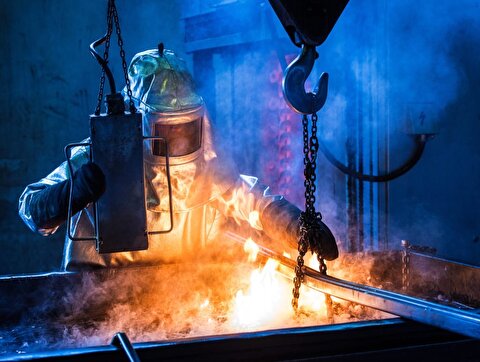
Copper price rises to three‑month high amid supply squeeze and trade optimism
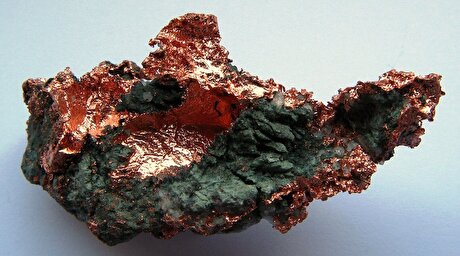
Copper price down after $0 Chinese smelter deal

Zijin Mining to acquire Kazakh gold mine in $1.2B deal
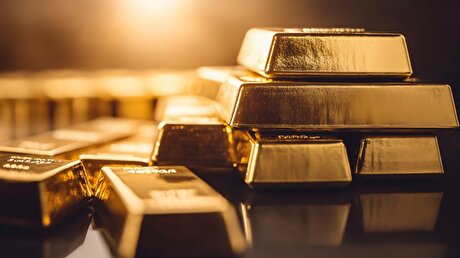
Gold miners stack records
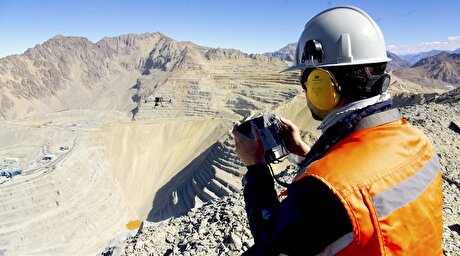
Chile cuts mining permitting times by up to 70%
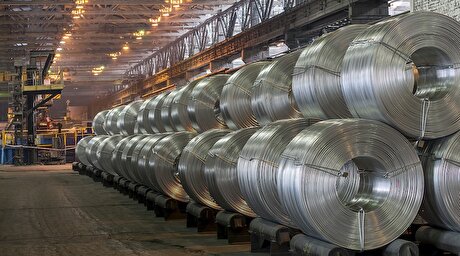
Russia base metals sales to China surge, signaling deep reliance
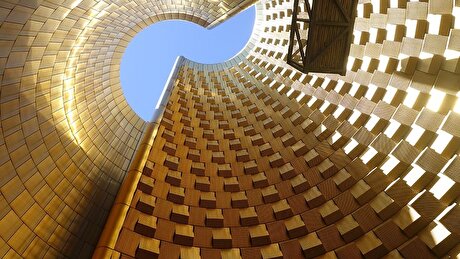
Gold price rises on dollar weakness, focus on US data ahead
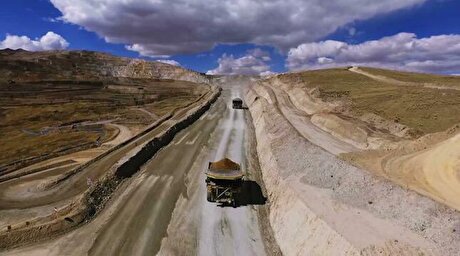
Peru copper transport disrupted as informal miners block roads
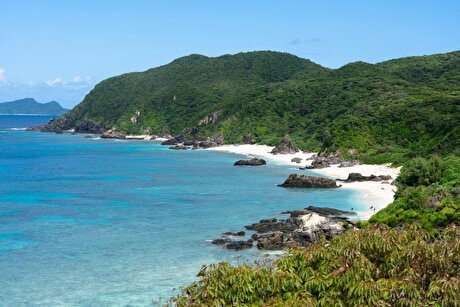
Japan to test mine seabed mud for rare earths
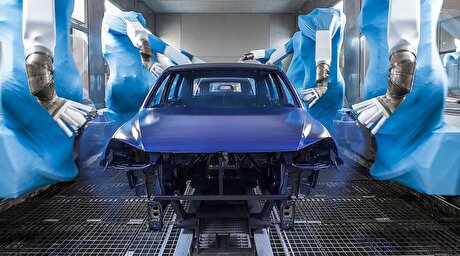
China’s rare earths are flowing again, but not freely
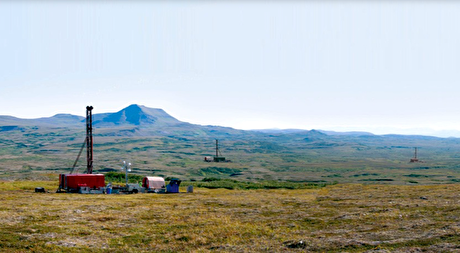
Northern Dynasty in talks to settle EPA litigation, shares hit 5-year high
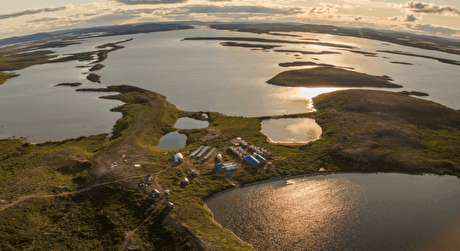
Torngat Metals’ rare earths project revival aims to create ‘a new industry in Canada’ CEO says

China Rare Earth Group says executive moves at listed unit won’t affect operations
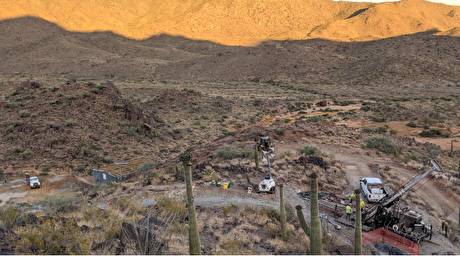
Kinterra scores small win in New World Copper takeover fight
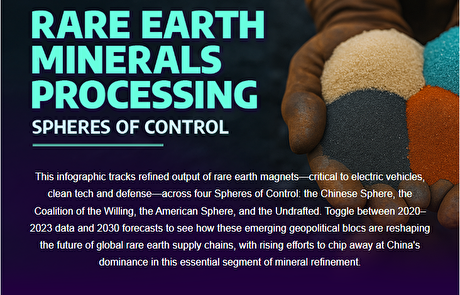
Infographic: Who controls rare earth processing?
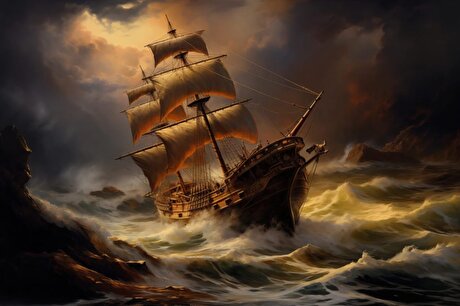
US couple could face trial over gold bars missing from 18th Century sunken ship
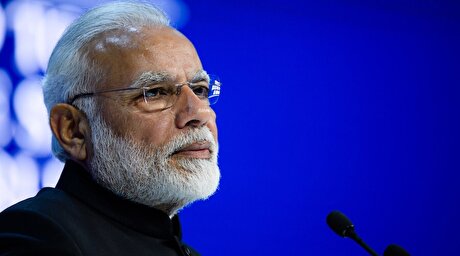
Critical minerals to top Modi’s agenda in five-nation tour
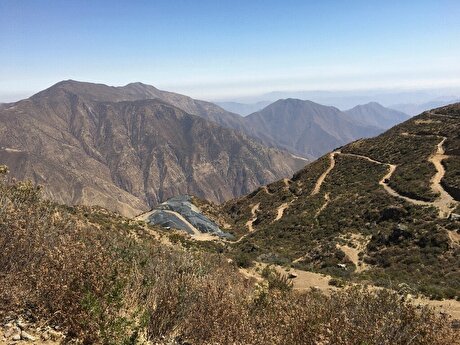
Lupaka Gold skyrockets on arbitration win against Peru

China’s rare earths are flowing again, but not freely

Northern Dynasty in talks to settle EPA litigation, shares hit 5-year high

Torngat Metals’ rare earths project revival aims to create ‘a new industry in Canada’ CEO says

China Rare Earth Group says executive moves at listed unit won’t affect operations

Kinterra scores small win in New World Copper takeover fight

Infographic: Who controls rare earth processing?

US couple could face trial over gold bars missing from 18th Century sunken ship

Critical minerals to top Modi’s agenda in five-nation tour

Lupaka Gold skyrockets on arbitration win against Peru












